Why Your Shopify Product Description Word Count Matters

There's something of an ongoing debate amongst people who run storefronts online. How do you write product page descriptions? Do you keep them short, sweet, and to the point, or do you go long, layering on detail after detail?
Your word count matters, that much is clear. The question is, why?
 30 Second Summary
30 Second Summary
You need to balance your product descriptions based on what your customers want to know, not on hitting a specific word count. When you write a shorter description, you have to include important details like materials, sizes and features. If you write a longer one, you should add valuable information that helps buyers decide - not just fluff and keywords. You'll find the right length when you answer your customers' most important questions clearly and directly.
Pandas and Storefronts
Years and years ago, before 2011, stores across the web often ran one of two kinds of product pages. One kind of product page had virtually no information on it at all. You'd get a product name, you'd get a photo, and that was basically it. You might get a sentence or two describing it as a bare minimum to list their product online for sale, but that was about it.
The other kind, more often than not, simply took the product description from the manufacturer of the product. After all, someone already wrote that description, and it's an accurate description of the product, so why not use it?
So what happened in 2011? Google's Panda update. While it was primarily targeted at sites that produced huge swaths of low-quality content to game the search results and get a majority of the exposure, it hit a lot of other kinds of content online as well.
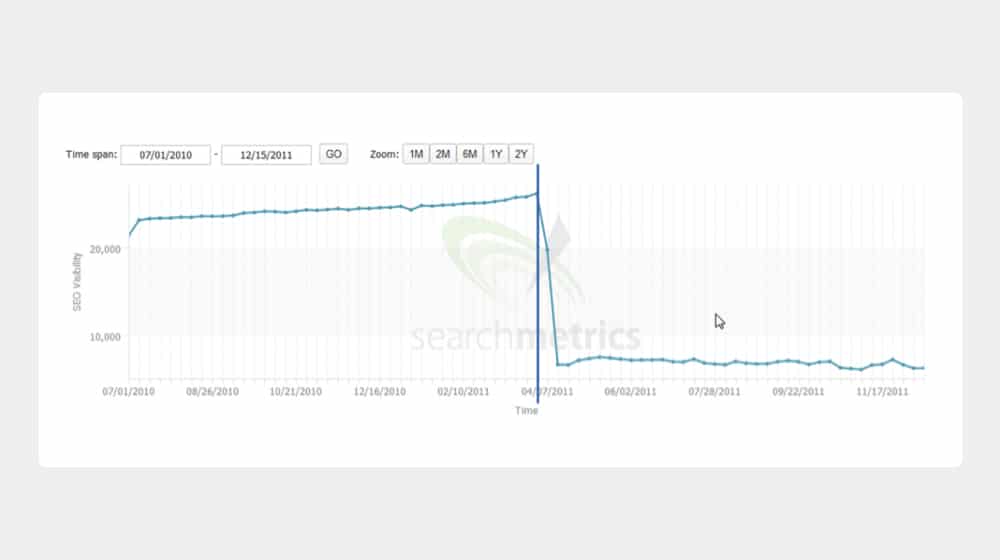
Panda's focus was on short, low-quality content. While the main intent was to scratch off a lot of the low-quality article spam sites out there, it also hit a lot of storefronts that had little or no description on their product pages. Panda was the foundation of what we now consider to be modern content marketing, where lengthy, deep, unique, detailed content is required to rank well.
As a writer in 2011 and 2012, content mills and freelance hubs like Textbroker and Writer Access were packed.
Thousands upon thousands of businesses suddenly realized that their sites were no longer ranking, and the thing they identified was their product pages. Products with no descriptions were bad, but products with copied descriptions fell under the copied content rules, and either way, all of these companies suddenly needed unique product descriptions for every product they sold.
As it turns out, this has proven to be a good thing for both businesses and consumers. Consumers have always cited product descriptions as an important part of how they make their shopping decisions, so providing more and better detail to them helps businesses actually make those sales.
How Short is Too Short
How short is too short for a product description? Let's take a look at some random stores that rank on Google for a keyword. I chose "leather boots" here.
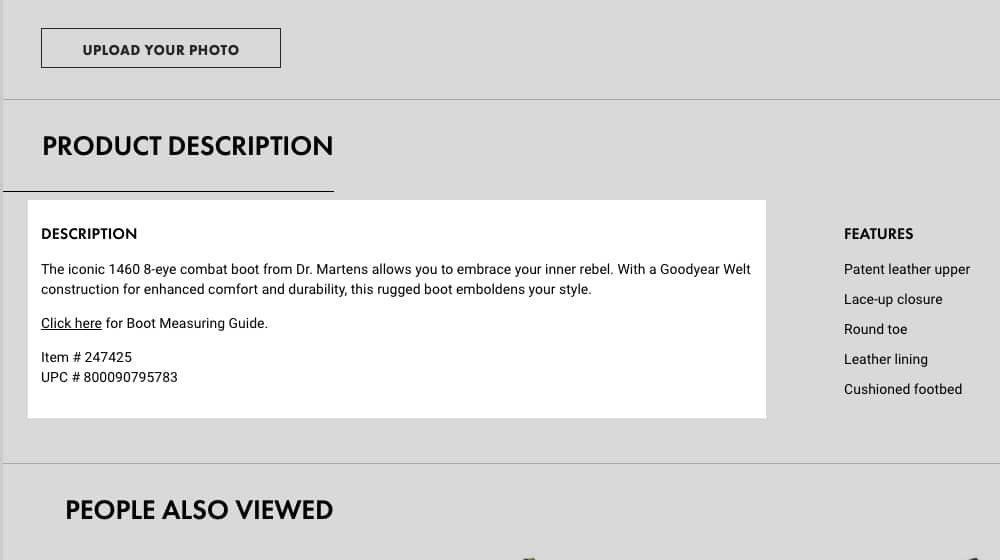
Ignoring Amazon for a moment, here are some of the sites that rank for that keyword, and the word count of their product descriptions.
- DSW. Their product description is a ways down the page, and it's a meager 30 or so words, plus another dozen words for details like boot features.
- 6PM. Their product descriptions take the form of bulleted lists of product features, which range from around 100 to 200 words worth of detail depending on the product.
- Frye. Their product descriptions are also relatively short, but longer than DSW, with around 40-60 words of content.
All of these sites rank well enough to be on the first page of Google for this query, so it's clear that there's not really a low end for product description. However, there's more to the story than just the description. All of these pages are covered in other useful information. They have an array of photos of the product and, further down, customer reviews for the products. Much like blog comments, reviews can boost the word count, keyword saturation, and user value of a page.
I would say that there's not necessarily even a low end for how short a product description can be, so long as the description is adequate at conveying key details about the product. Whether that's a 6PM style bullet list of features of a Frye-like more narrative description.
How Long is Too Long
So what about Amazon, which I very notable skipped in the above ranking? Amazon is widely know for having very large product descriptions. Are those product descriptions responsible for Amazon being the mega-retailer they are? Probably, in part, but it's not as though you could write similar product descriptions and shoot up to Amazon-levels of fame and fortune. There's a lot of other factors going on.
The Amazon page for leather boots has a wide range of products, and when you click through to one, you are absolutely bombarded by information. One example I clicked, once I totaled up the text on the page, not counting reviews, reached around 600 words of content, with a ton of images, product comparison tables, and even calls to action for other related products. And that doesn't count the Q&A section either, which doesn't really apply since it's also user-generated content and not seller-specified product descriptions.
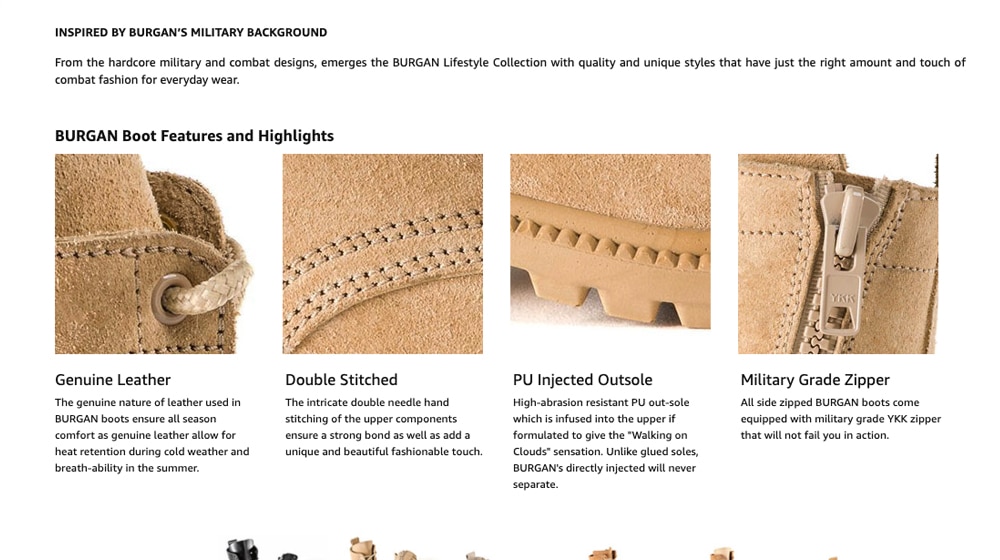
A larger analysis of product pages on Amazon, performed by Skubana, found that a lot of the top performing product pages have 300 or fewer characters (not words) in their descriptions, however. Amazon product pages are, indeed packed with content, but not much of that content is necessarily in words. It's in images, in tables, in reviews, in Q&As, in related products, and on and on.
The risk of too-long product descriptions is that users who want to find specific information about a product will have a harder time finding it. Even for complicated products, it's easy to keep a description short than it is to fluff one up, which often requires repetition and facts that aren't important to the product itself, like facts about the company producing it.
More Important Than Length: Quality
The length of a product description doesn't really matter, at least not in the sense we usually think of length. What really matters is the information in the description.
In order to produce a high-quality product description, you need to think about your product from the customer's point of view. Imagine someone who has a vague interest in your product, but knows next to nothing about it. What kinds of questions would they ask?
Let's take the leather boot example. You'd have questions like:
- Is the boot made of real leather or fake leather?
- Are there different colors available?
- What sizes are available?
- Are the boots meant for work or fashion purposes?
- What's the internal lining of the boot made out of?
Compare these two products. On the one hand, you have the Burgan combat boot. On the other hand, you have a Caterpillar casual boot.
Burgan has a ton of words of content, but how much of it is relevant? They have a "how to use" bullet point, as if shoes are somehow hard to use. They have a whole lot of redundant "this is a military-style boot" jargon that doesn't add much to the description. Heck, look at the last bullet point:
"THE SIZE: These Combat tactical boots come in various sizes, make sure to check out sizing chart for best fit. These designer army comb shoes are comfortable and a great outdoor essential for airsoft players and the choice for girls and ladies looking for that urban emo goth punk street fashion look."
How much of that is relevant to boot size? Almost none of it.
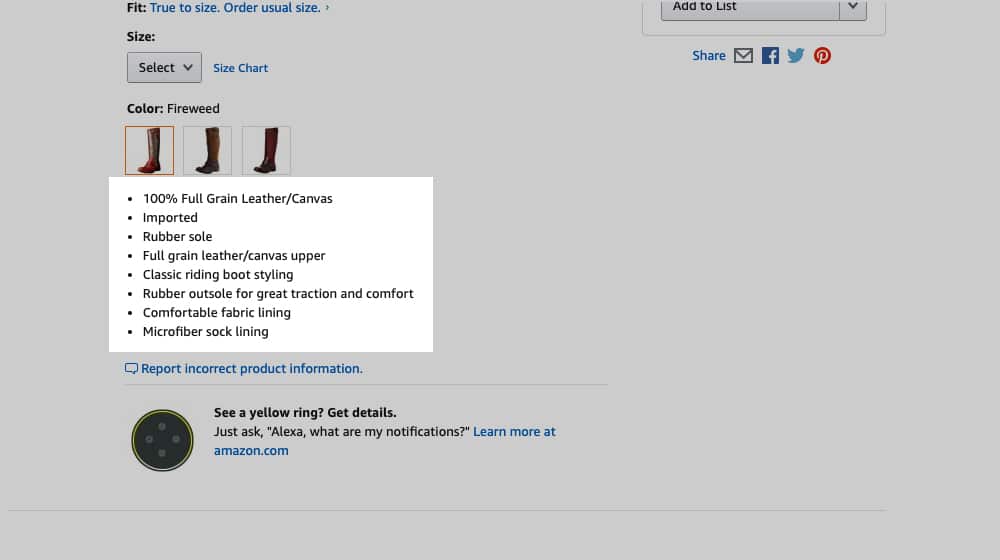
Now look at the Caterpillar boot. Their entire set of bullet points is shorter than any one bullet point in the Burgan boot. Their product description, lower down, is only a couple dozen words, and half of it is about the brand, not the boot itself.
These are two extreme ends of the coin. I have questions about the Caterpillar boot that aren't answered, because the information isn't there. I have questions about the Burgan boot that aren't answered, because the answers are buried in jargon.
In order to produce a high quality product description, on a Shopify store, an Amazon listing, or anywhere else you're trying to sell something, you need to be concise and answer questions a user might have.
How to Write a Better Product Description
When you want to write product descriptions, you need to keep a few things in mind.
Don't worry too much about length. A product page can be perfectly effective with less than 50 words of description for a product. Conversely, a product page might need 500 words of content to answer all of the questions a user might have.
To a certain extent, this depends on the kind of product. For example, a PC part has a lot of technical details a user might want answered to make sure the part fits with their existing build, and leaving out some of that technical detail means the user will look elsewhere for that information – and possibly buy from the site that gives it to them, rather than yours. Conversely, something simple like a toothbrush doesn't have a lot of unique aspects to it, and there are only so many questions a user can ask.
Write for your customers, not for the search engines. This is a general tip for all of content marketing, but it's also perfectly specific to product pages as well. Remember that Google isn't the one giving you traffic, and they aren't the ones buying your product. They are merely a tool to facilitate letting other people do that.

Those people want to find a specific kind of product. By presenting your product as it is, Google can play matchmaker between the user's desires and your page. If a user wants to find a boot made of leather, your product page needs to convey that you sell a product that is both a boot and made of leather, so that Google can appropriately match them up. If you bury the fact that your footwear is a boot in a bunch of unrelated content, it's less valuable to the user.
Anticipate user questions and concerns. Users will have questions about a product they're investigating and researching before they buy. It's your job to anticipate those questions and answer them in your product description. Typically, you do this with both features and benefits lists.
A features list is a list of impersonal facts about a product. What it's made of, what it does, how large or small it is, what kind of technology it uses, and so on. These are technical specifications and important details that determine whether or not a product is right for the person looking at it.
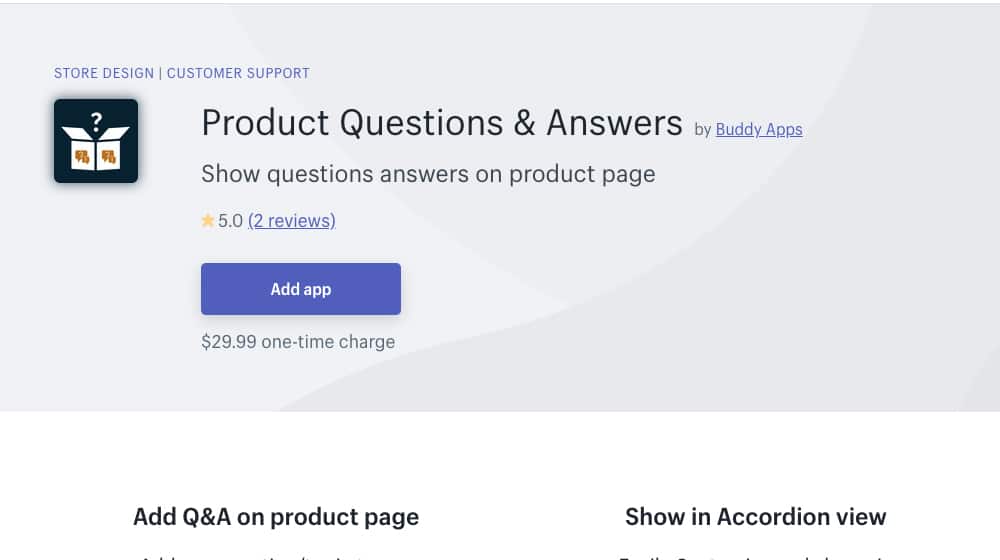
A benefits list is what a product can do for a person. How the insoles in the boot lift the arch, how the steel toes protect the foot, how the leather is durable to keep the boot lasting for years with proper care. Providing the information users want, and making it clear, and concise, is almost an art form. It can take a lot of experience and optimization, and yes, even feedback from your users to get it right.
Understand the user's familiarity level. The level of detail you need to provide in your product description is directly related to the level of awareness a user has of your product. If your product is a plain t-shirt, chances are the user is familiar with just about everything about it. They'll care about the size, the color options, the material it's made out of, and maybe what method was used to print a graphic, but that's about it. Conversely, if your product is a complex piece of technology, or a strange new device with a unique purpose most people wouldn't be able to intuit, you'll need to provide more information.
To a certain extent, this relies on the rest of your website and marketing. If you've built an entire blog about explaining what your product is, you may be able to dial back the information on the product page itself. Or maybe not! It depends on where your traffic is coming from.
If your users are primarily coming from other parts of your site, where you can assume they read about the product, you don't need to be redundant. Conversely, if they're coming from Google or from some random blog links or social media posts, you need to write more about the product because you can't assume a baseline level of knowledge.
Don't forget keywords. I often talk about how keywords aren't too terribly important as anything more than a guide for content marketing, but that's for blog posts, not for product descriptions. Product descriptions are short and dense, and as such, they need their keywords front and center. There's not enough there for Google to go deep on semantic analysis and word association, so you need to be up front and clear with your keyword usage.
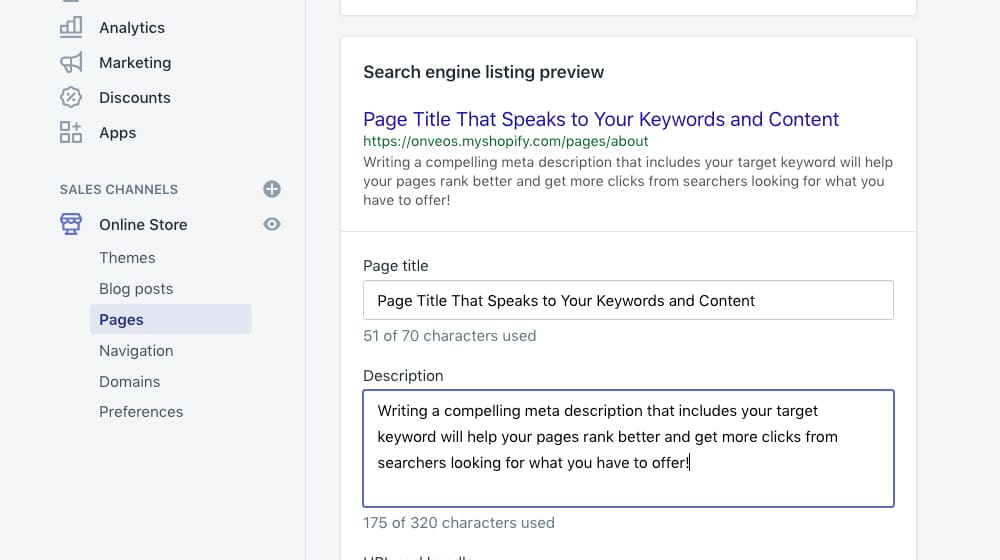
By the same token, it's generally better to avoid keyword stuffing. Look at that Burgan boot on Amazon again, and look at the product name; it's stuffed with keywords. That works for Amazon SEO, but not for Google SEO, and since you're running a Shopify store, not an Amazon page, you need to comply with Google SEO.
Overall, length for product descriptions matters, but it matters in reverse. You don't let your length determine what your product description should contain. You determine what information needs to go in your product descriptions, and let that determine length.
You can, by that same token, test different options. Try out variations with longer and shorter product descriptions, and see what works best. The results might surprise you, but there's one thing I can tell you for certain: your results are going to be unique to you.



 30 Second Summary
30 Second Summary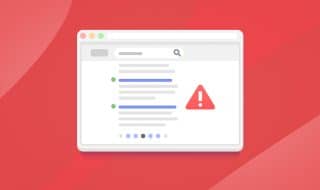



November 12, 2020
This is a pretty good guide. I'm just trying to improve my SEO without sound like a robot.
November 16, 2020
Thanks Sarah! I'll take it 🙂 the best way to bump up your SEO and your word count is with user-generated content (e.g. questions and answers, reviews, etc) and product description and specifications (measurements, compatibility, ingredients, etc).
February 01, 2021
Any tips for large stores with 1,000+ products? Just thinking about what a pain this is going to be to update all of them.
February 01, 2021
Hey Julius!
My advice is to get a spreadsheet started with all of your products and stay super organized.
List them by the best sellers and most important ones at the top, and the less important/popular products at the bottom.
Start tackling them in small batches.
Writing great product descriptions isn't just about stuffing in a bunch of summary text, either - you want to list things like dimensions, frequently asked questions, common uses, and other product highlights.
I think Onnit is a great example. They nailed it with their product descriptions.
Their pages are loaded with good content and they also make a meaningful difference in their sales since their site provides a good user experience.
I'd be wary about hiring a freelancer to do these as well. Consider hiring a part-time employee to intimately learn your products and write quality content for each of them. Crowd-sourcing these is going to yield very mixed results and very bland content that isn't going to help you much.
It's important to realize this is a big project that you're not going to tackle in one week - you'll have to take it a chunk at a time for a few months until all of your pages are beefed up 🙂
Hope this helps!
April 15, 2021
Oh God! Didn't know it's important. Guess I need to update my store. Is there any app/tool that I can use to help me do it? It will be time consuming updating hundreds of items
April 15, 2021
Hey Sally!
Look into the Shopify app called "Bulk Product Edit & CSV Import".
You can write up all of these in advance, and once you've checked them for grammar and plagiarism, you can use this app to edit them in bulk 🙂
September 18, 2022
Wow, that tool seems like a lifesaver. I was thinking of doing an overhaul of my product descriptions and I was debating if it was worth it time-wise. So glad you suggested that.
September 28, 2021
Good stuff. As a seller, I always put a description to help my customers. As a buyer, I would love to have all the details of the item so I will know that instant if I'll purchase an item.
September 28, 2021
Thanks, David! I agree; the more, the better.
Reviews count as content, too, but taking the time to upload photos and write a super helpful product description can be beneficial.
It can boost sales and improve your performance on search engines, too.